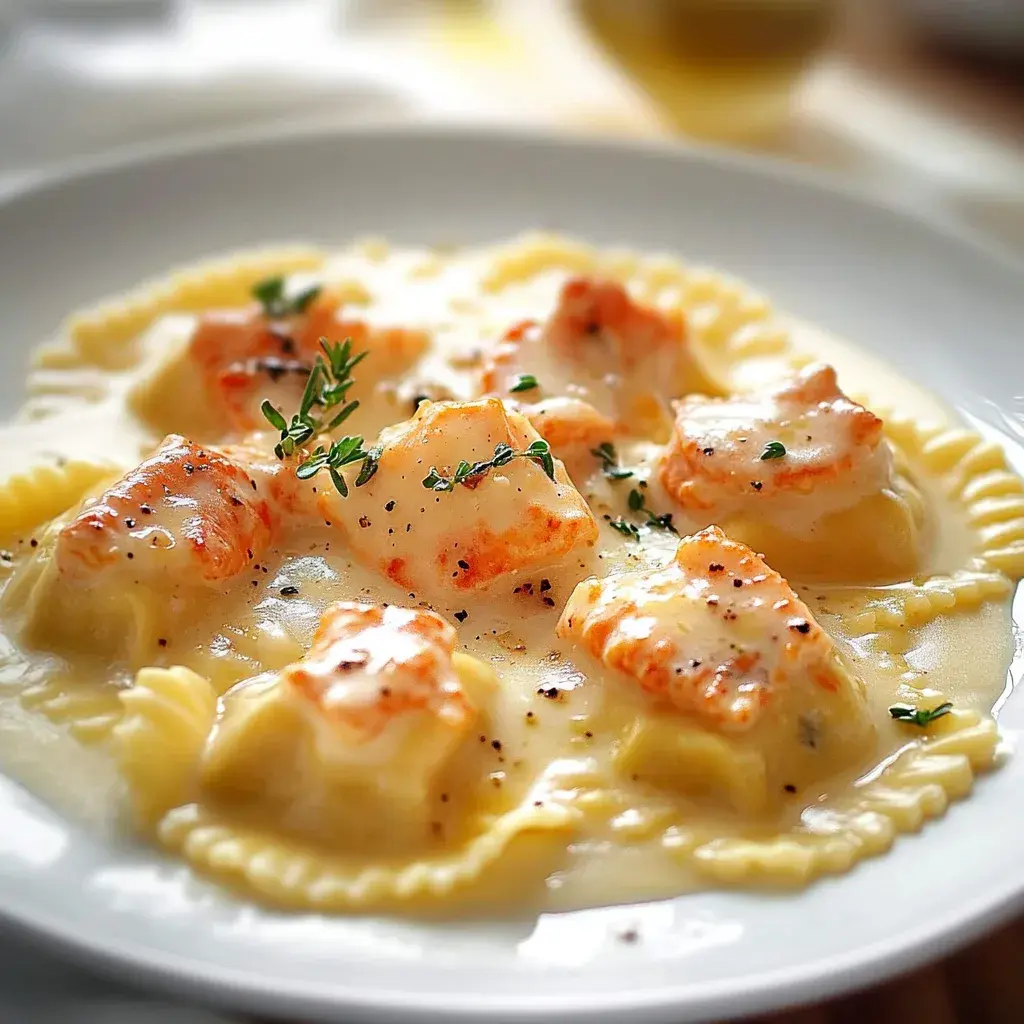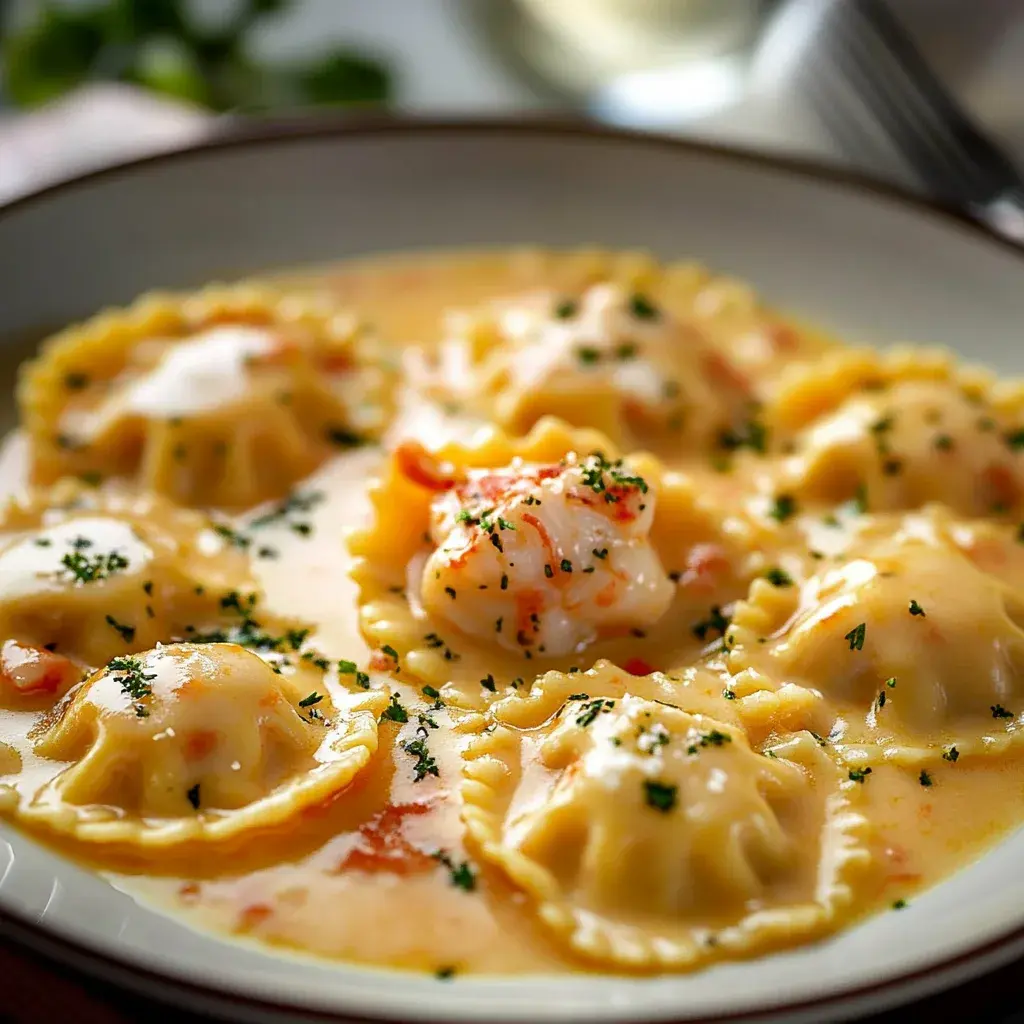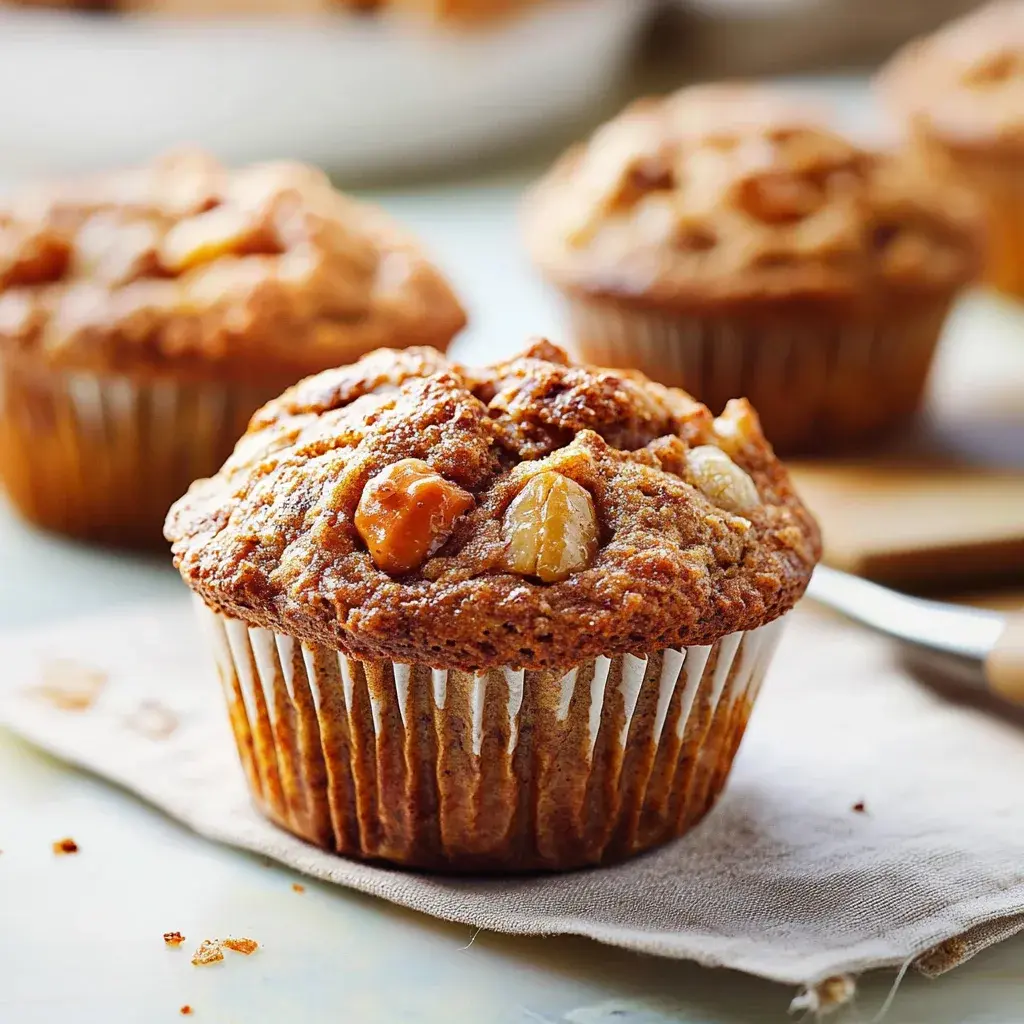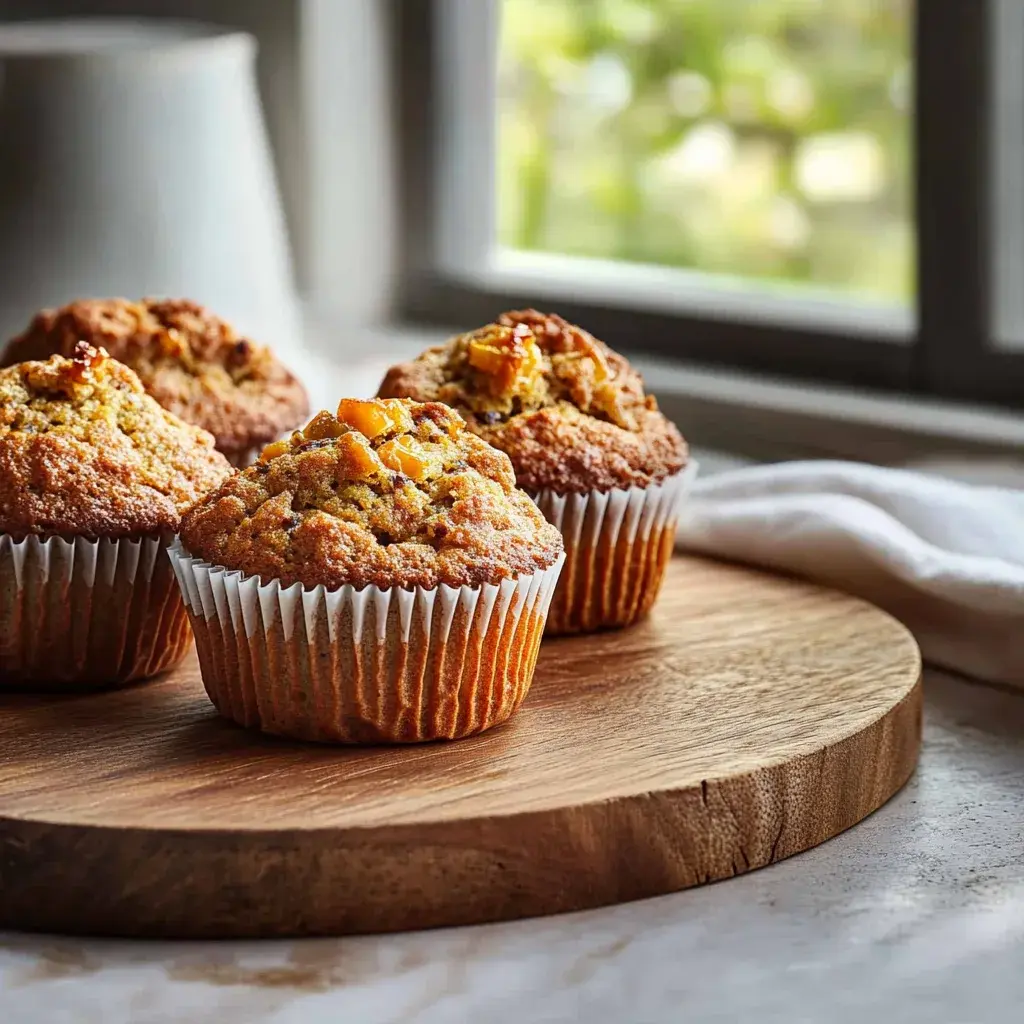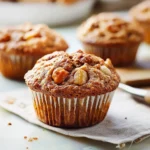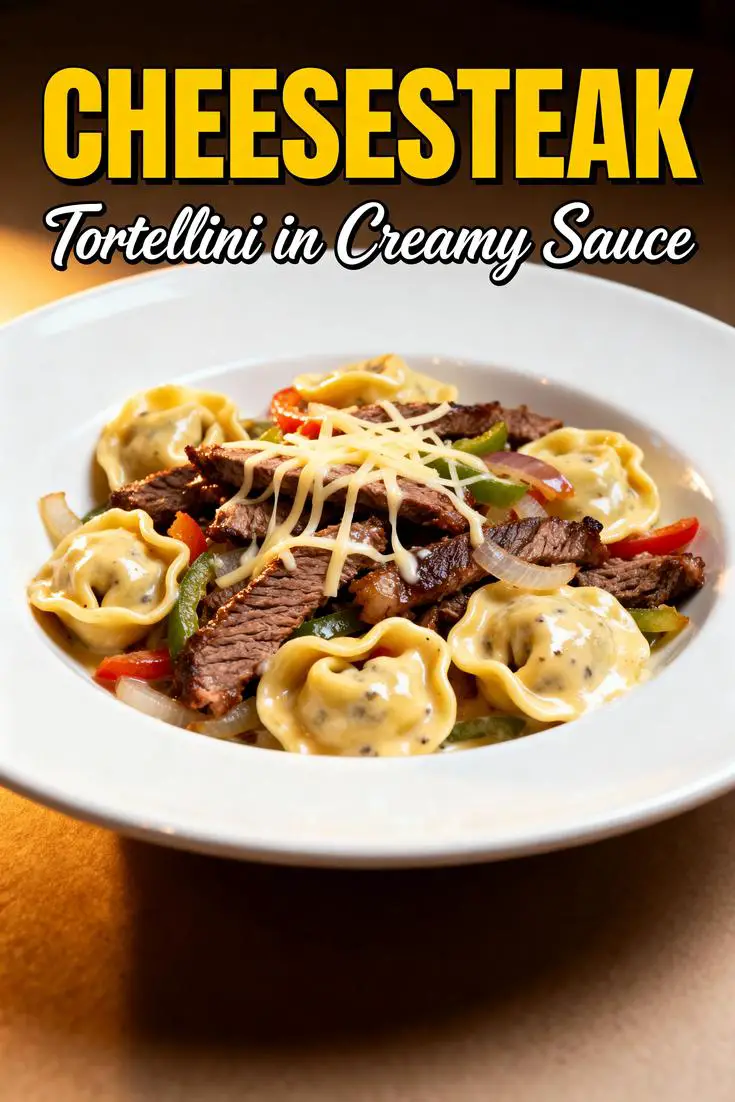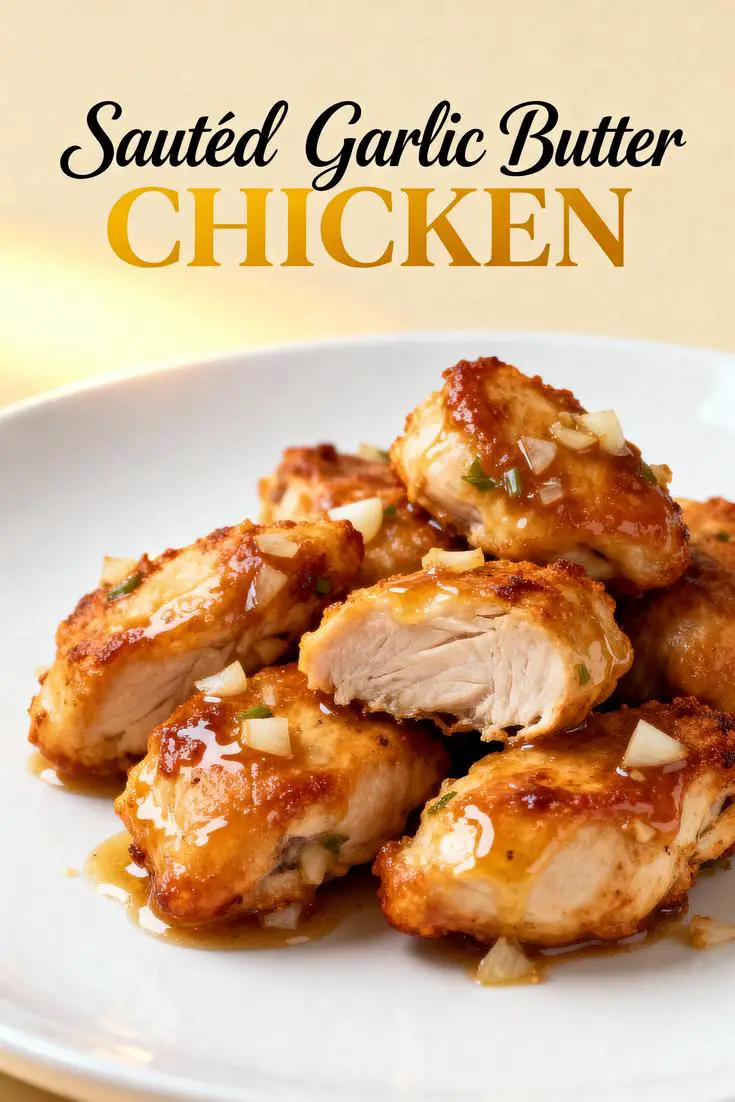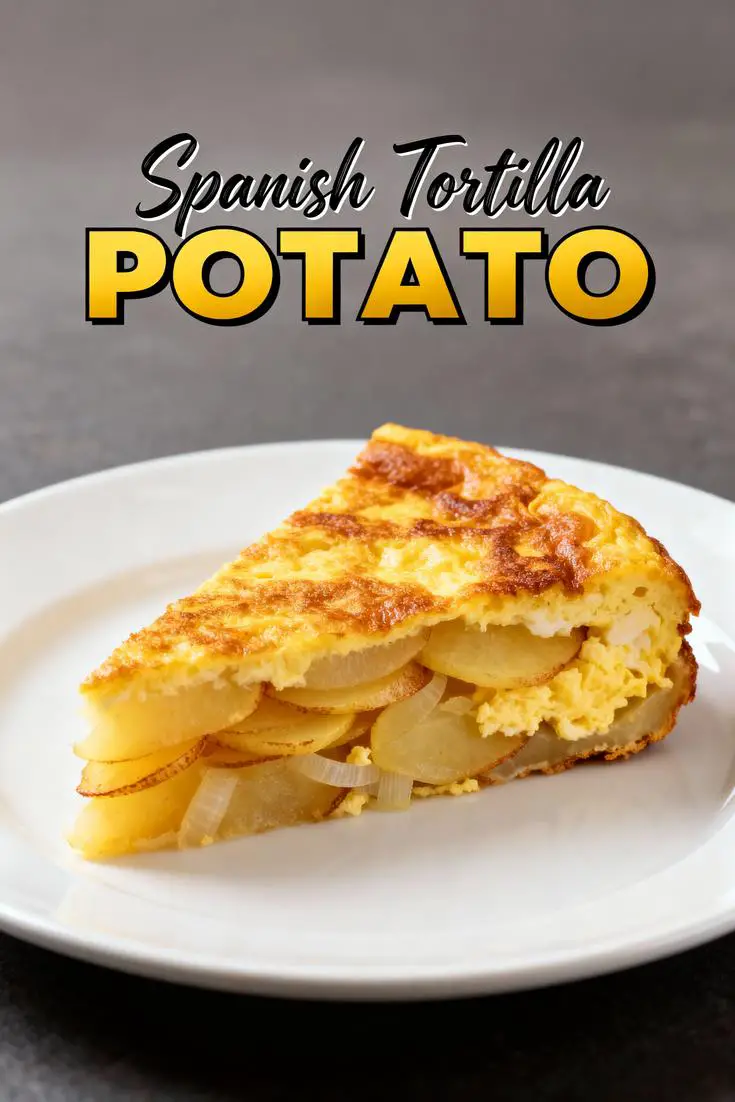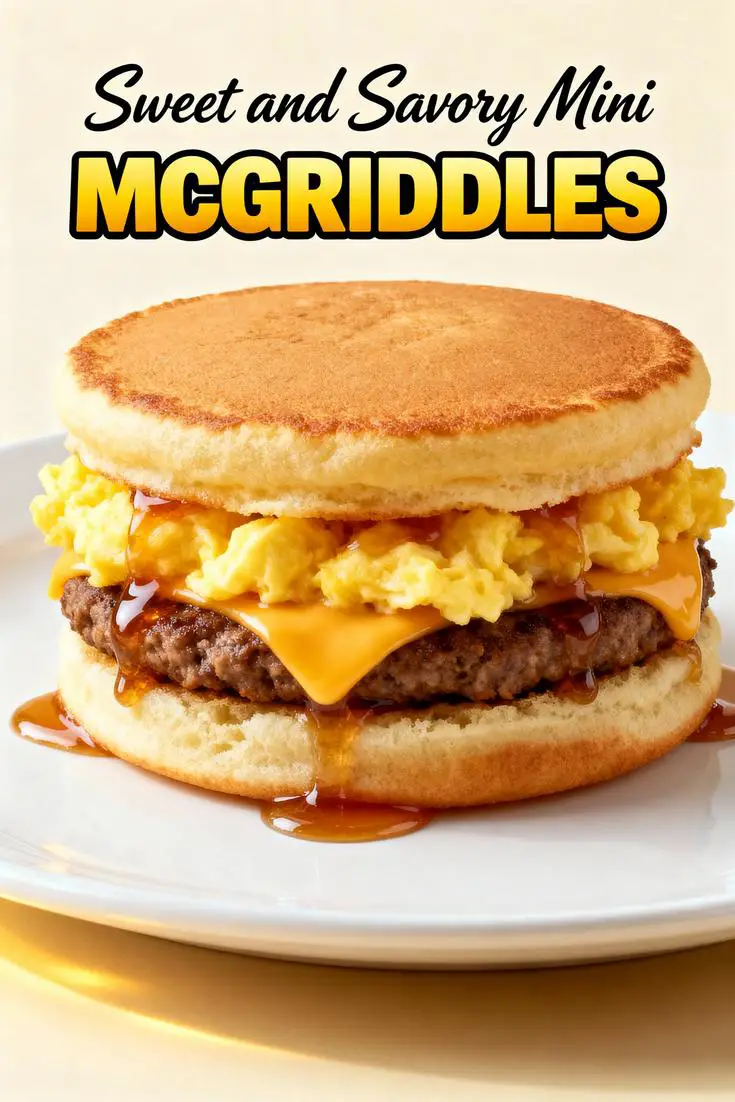Table of Contents
Delicious Homemade Pizza Rolls: The Only Recipe You’ll Ever Need
Imagine craving a quick, satisfying snack that combines the irresistible flavors of your favorite pizza into a portable, bite-sized treat—enter Delicious Homemade Pizza Rolls, the ultimate crowd-pleaser for family movie nights or impromptu gatherings. These rolls stand out with their crispy on the outside, gooey on the inside texture, making them a game-changer for home cooks seeking versatility and ease. In just a few simple steps, you’ll create golden-brown delights packed with melted cheese and savory pepperoni, proving why Delicious Homemade Pizza Rolls are the go-to recipe for anyone wanting to elevate their snacking game without spending hours in the kitchen.
The moment these Delicious Homemade Pizza Rolls emerge from the oven, the air fills with the enticing aroma of melted mozzarella, zesty Italian seasoning, and a hint of pepperoni’s spicy kick. Each roll offers a perfect contrast of textures: a shatteringly crispy exterior that gives way to a warm, gooey center, where strings of cheese stretch with every bite, complemented by the rich, tangy pasta sauce. Whether you’re biting into the savory filling or savoring the subtle herb notes, these rolls deliver a symphony of flavors that mimic your favorite pizzeria pizza, but with the satisfaction of making it yourself.
What sets this Delicious Homemade Pizza Rolls recipe apart on cookingwithemy.com is our commitment to foolproof instructions, honed through multiple kitchen tests to ensure consistent results every time. Discover our Chef’s Secret for achieving that unbeatable crispy on the outside, gooey on the inside magic, along with tips for customization and storage. By the end of this post, you’ll feel empowered to whip up these rolls confidently, turning ordinary ingredients into extraordinary snacks that will impress your loved ones and become a staple in your recipe collection.
Why This Delicious Homemade Pizza Rolls Recipe is a Game-Changer
The Chef’s Secret to these Delicious Homemade Pizza Rolls lies in the precise sealing technique that ensures a crispy on the outside, gooey on the inside experience, setting this recipe apart from ordinary versions. By tightly sealing the edges with a fork after filling, you trap the steam inside, allowing the cheese to melt perfectly while creating a golden, flaky crust. This method not only prevents leaks during baking but also infuses the rolls with enhanced flavor, making them irresistibly delicious and far superior to store-bought alternatives.
Unbeatable Texture: The science behind the crispy exterior comes from the high-heat baking at 400°F, which rapidly evaporates moisture on the surface while the internal fillings stay moist and gooey. This contrast is achieved through the dough’s thin rolling to 1/8 inch, promoting even cooking and a satisfying crunch that pairs beautifully with the soft, cheese-laden center.
Foolproof for a Reason: This recipe has been tested multiple times in real home kitchens to guarantee success, even for beginners. With clear, step-by-step guidance and adjustments for common pitfalls, you’ll achieve perfect results consistently, making Delicious Homemade Pizza Rolls a reliable staple for any occasion.
Ingredient Spotlight: Quality Makes the Difference
Pizza dough, whether store-bought or homemade, forms the foundation of these Delicious Homemade Pizza Rolls. This 1 cup serves as the base that provides structure and that signature crispy on the outside texture when baked. Opt for high-quality dough made with fresh yeast for better rise and flavor, as it ensures a light, airy interior. If you’re using store-bought, look for one without preservatives for a more authentic taste. A tested substitution is whole-wheat dough for a nuttier flavor and added fiber, but be mindful that it might make the rolls slightly denser.
Mozzarella cheese, at 1/2 cup shredded, is the star that delivers the gooey on the inside melt everyone loves. Its high moisture content allows it to stretch and bubble beautifully when heated, creating that irresistible cheesy pull. Always choose freshly shredded mozzarella over pre-shredded for superior melt and flavor, as anti-caking agents in packaged versions can affect texture. For a dairy-free option, substitute with vegan mozzarella alternatives, which mimic the melt while keeping the rolls inclusive for all diets.
Pepperoni, with 10 slices, adds a savory, spicy punch that elevates the overall taste of Delicious Homemade Pizza Rolls. This ingredient provides the classic pizza flavor and a bit of grease that enhances the crispy exterior. Select high-quality, thinly sliced pepperoni from reputable brands to avoid overly fatty pieces that could make the rolls greasy. If you’re looking to substitute, try turkey pepperoni for a leaner version or even chopped olives for a vegetarian twist, ensuring you maintain the balance of flavors.
Pasta sauce, using 1/4 cup for both filling and dipping, brings tanginess and moisture to the rolls. It acts as a flavorful binder that ties the ingredients together without overwhelming the taste. Choose a sauce made with ripe tomatoes and minimal additives for the best results, as fresh ingredients amplify the homemade appeal. A great substitution is marinara sauce for added herbs, or even pesto for a basil-infused variation, but adjust quantities to prevent the rolls from becoming too soggy.
Italian seasoning, at 1 teaspoon, infuses the rolls with aromatic herbs like oregano and basil, enhancing the crispy on the outside, gooey on the inside profile. This blend adds depth and authenticity to the pizza flavor without dominating. Use a freshly ground mix for maximum potency, as pre-mixed versions can lose aroma over time. If substituting, a combination of dried basil and oregano works perfectly, allowing you to customize the herb intensity to your preference.
Step-by-Step Instructions
Step 1: Preheat the Oven
Start by preheating your oven to 400°F (200°C) and lining a baking sheet with parchment paper to prevent sticking and ensure even baking. This step is crucial for achieving the perfect crispy on the outside texture.
Pro Tip: Make sure your oven is fully preheated before proceeding, as this guarantees the rolls bake uniformly and develop that golden-brown finish quickly.
Step 2: Roll Out the Dough
Roll out the 1 cup of pizza dough on a floured surface until it’s about 1/8 inch thick, creating a large sheet that’s easy to cut and fill. This thickness is key for the rolls to cook through without burning.
Common Mistake to Avoid: Don’t roll the dough too thin, as it might tear when filling; aim for even thickness to maintain the gooey on the inside consistency and prevent leaks.
Step 3: Cut the Dough
Using a knife or pizza cutter, cut the rolled dough into 3-inch squares on a clean surface. This size ensures each roll is the perfect bite-sized portion for Delicious Homemade Pizza Rolls.
Pro Tip: Use a sharp cutter for clean edges, which helps seal the rolls tightly and contributes to that crispy exterior.
Step 4: Add the Fillings
Place one tablespoon of shredded mozzarella cheese and two pepperoni slices in the center of each dough square. Then, add a teaspoon of pasta sauce and sprinkle with Italian seasoning for balanced flavor.
Common Mistake to Avoid: Overfill the squares, as this can cause the rolls to burst open during baking; measure ingredients precisely to keep the gooey center intact.
Step 5: Seal the Rolls
Fold each filled square into triangles and seal the edges tightly using your fingers or a fork, pressing firmly to lock in the fillings and create a secure pocket.
Pro Tip: Lightly moisten the edges with water before sealing for a better seal, enhancing the crispy on the outside texture without any filling escaping.
Step 6: Bake the Rolls
Arrange the sealed rolls on the prepared baking sheet and bake for 15-20 minutes until they turn golden brown, monitoring closely for the ideal crispy finish.
Common Mistake to Avoid: overcrowd the baking sheet, as this can lead to uneven cooking; space them out for proper air circulation to achieve uniform gooey on the inside results.
Serving & Presentation
To make your Delicious Homemade Pizza Rolls truly shine, arrange them on a rustic wooden board for a casual, inviting presentation that highlights their golden, crispy exteriors. Garnish with a sprinkle of fresh Italian herbs like basil or parsley for a pop of color and added aroma, enhancing the gooey cheese inside. Pair these rolls with complementary sides such as a fresh garden salad for a light contrast or garlic breadsticks for a hearty meal, making them ideal as appetizers or even a main course during game nights.
Make-Ahead & Storage Solutions
Make-Ahead Strategy: Prepare the filled and sealed Delicious Homemade Pizza Rolls up to 3 days in advance by assembling them, placing on a baking sheet, and refrigerating in an airtight container. When ready, bake from chilled, adding a few extra minutes to the cooking time for that crispy on the outside result.
Storing Leftovers: Allow the rolls to cool completely, then store in an airtight container in the refrigerator for up to 3 days or freeze for up to 2 months to maintain freshness and prevent sogginess.
The Best Way to Reheat: For optimal texture, reheat refrigerated rolls in a 350°F oven for 5-7 minutes or frozen ones for 10-12 minutes, ensuring the gooey inside is restored without losing the crispy exterior—avoid microwaving to prevent softening.
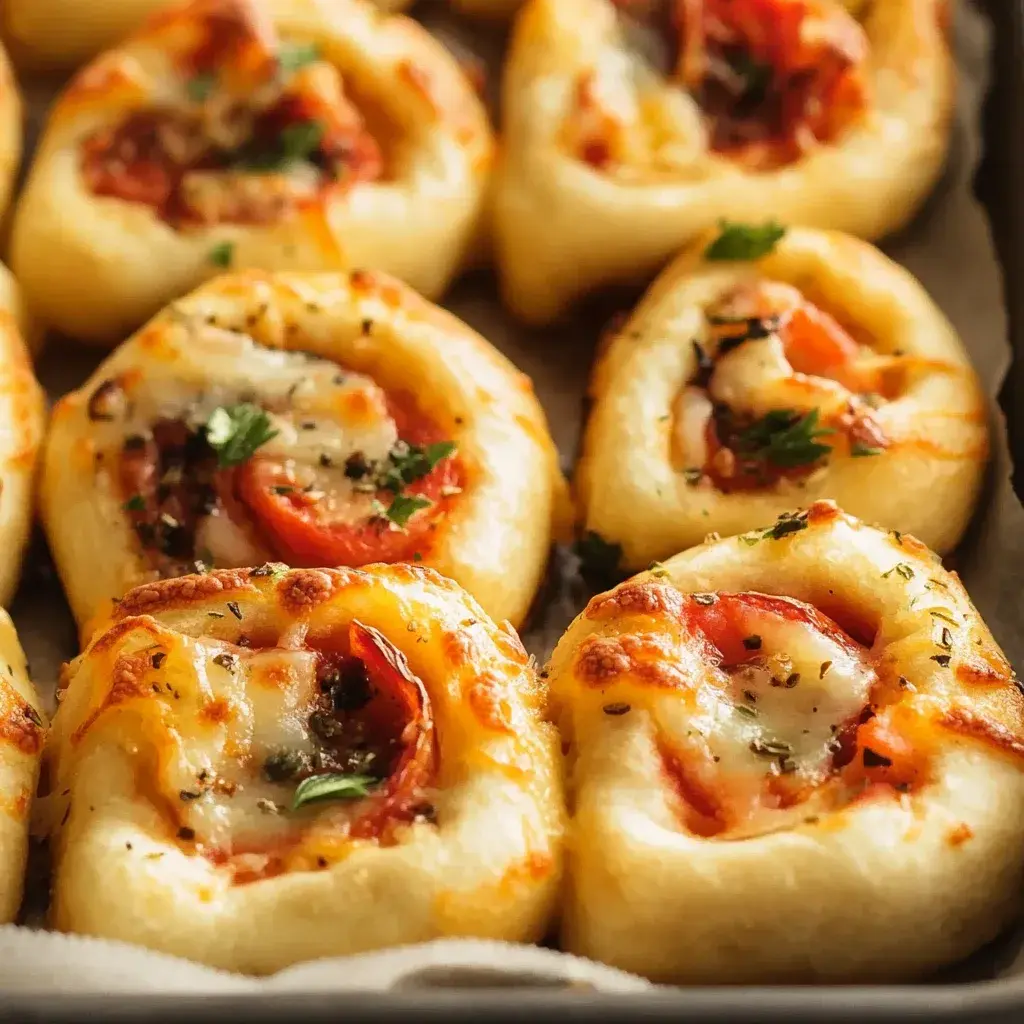
Frequently Asked Questions (FAQ)
How long does it take to bake Delicious Homemade Pizza Rolls?
Baking Delicious Homemade Pizza Rolls typically takes 15-20 minutes at 400°F, depending on your oven’s calibration. This timeframe ensures a crispy on the outside, gooey on the inside finish without overcooking the fillings. Always check for a golden-brown color as your guide for perfect results.
Can I substitute ingredients in Delicious Homemade Pizza Rolls?
Yes, you can substitute ingredients to suit your preferences or dietary needs. For instance, swap pepperoni with turkey pepperoni for a leaner option or vegetables like bell peppers for a veggie version. If you’re avoiding dairy, use vegan cheese in place of mozzarella to maintain that gooey texture—just ensure substitutes have similar moisture levels to avoid affecting the bake.
What are some tips for making Delicious Homemade Pizza Rolls extra crispy?
To achieve extra crispy Delicious Homemade Pizza Rolls, focus on rolling the dough thinly and sealing the edges tightly to trap steam. Use parchment paper on your baking sheet and avoid overcrowding for better air circulation. Additionally, brushing the tops with a little olive oil before baking can enhance the golden crust while preserving the gooey inside.
How many Delicious Homemade Pizza Rolls does this recipe make?
This recipe for Delicious Homemade Pizza Rolls yields about 10 rolls, based on the 1 cup of dough and standard 3-inch squares. This serving size is perfect for a small gathering, but you can easily double the ingredients for larger crowds while maintaining the crispy and gooey qualities.
Can I make this recipe vegan or gluten-free?
Absolutely, Delicious Homemade Pizza Rolls can be adapted for vegan or gluten-free diets. For a vegan version, substitute the mozzarella with a plant-based cheese alternative and use vegan pepperoni or mushrooms; ensure the pasta sauce is vegan-friendly. For gluten-free, opt for a gluten-free pizza dough and check that all other ingredients, like seasonings, are certified gluten-free. These swaps will help you keep the crispy on the outside, gooey on the inside texture intact.
What variations can I try with Delicious Homemade Pizza Rolls?
Experiment with variations by adding ingredients like diced ham and pineapple for a Hawaiian twist or spinach and feta for a Mediterranean flavor, while keeping the core recipe for Delicious Homemade Pizza Rolls. This customization maintains the gooey center and crispy exterior, allowing you to tailor it to your tastes.
Tried This Recipe? Leave a Comment!
Did you make this recipe? I’d love to hear how it turned out! Please leave a comment and a rating below. Your feedback helps other home cooks and supports cookingwithemy!
For more delicious inspiration, follow me on Pinterest!
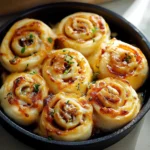
Delicious Homemade Pizza Rolls
Description
Indulge in the ultimate snack with these homemade pizza rolls! Crispy on the outside and filled with gooey cheese, savory pepperoni, and a dash of Italian seasoning, these bite-sized delights are perfect for any occasion—from game nights to casual get-togethers. The beauty of pizza rolls lies in their versatility; feel free to customize them with your favorite toppings, whether it’s fresh veggies or different cheeses. With a straightforward dough preparation and quick baking time, you’ll have a crowd-pleaser that’s as fun to make as it is to eat. Serve them warm with marinara sauce for dipping, and watch them disappear!
Ingredients
- 1 cuppizza dough (store-bought or homemade)
- 1/2 cupmozzarella cheese, shredded
- 10slices pepperoni
- 1/4 cuppasta sauce (for filling and dipping)
- 1 teaspoonItalian seasoning
Instructions
- Preheat your oven to 400°F (200°C) and line a baking sheet with parchment paper.
- Roll out the pizza dough on a floured surface until it’s about 1/8 inch thick.
- Cut the rolled dough into 3-inch squares using a knife or pizza cutter.
- Place one tablespoon of mozzarella cheese and two pepperoni slices in the center of each square. Add a teaspoon of pasta sauce and sprinkle Italian seasoning.
- Fold each square into triangles and seal the edges tightly with your fingers or a fork.
- Arrange the sealed rolls on the prepared baking sheet and bake for 15-20 minutes until golden brown.
Notes
Fresh ingredients enhance flavor; consider using high-quality cheese and meats.
Experiment with fillings like barbecue chicken or veggie medleys for different tastes.
For meal prep, freeze unbaked rolls individually on a baking sheet before transferring them to an airtight container.
Nutrition
- Calories: 90
- Sugar: 0g
- Fat: 5g
- Carbohydrates: 8g
- Protein: 4g
Conclusion
This delightful recipe delivers a harmonious blend of fresh ingredients and bold flavors, making it perfect for family dinners or holiday gatherings. Whether you’re seeking a nutritious weeknight option or a crowd-pleasing dish, it’s easy to customize with your favorite herbs for added depth. For more inspiring vegetable-focused ideas, try the Crispy Bacon Brussels Sprouts Recipe or the Best Eggplant Parmesan Sliders – Easy & Cheesy Recipe to elevate your next meal.

